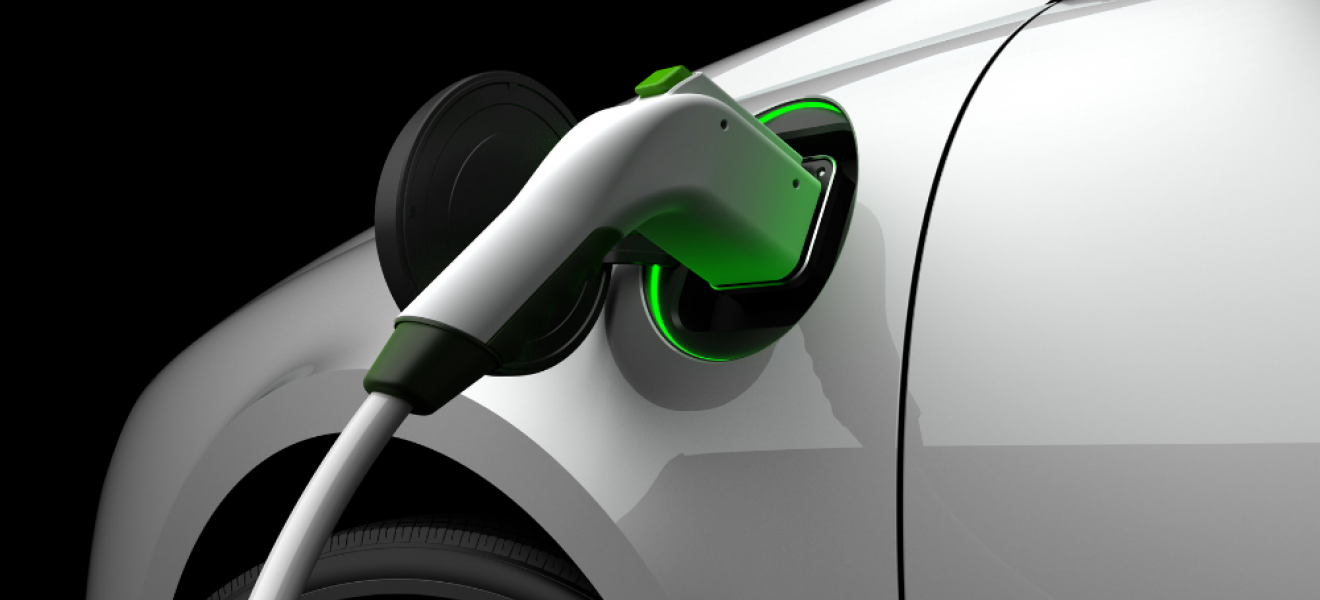
Robert Hillier: Nil Points - Nobody will use Electric Cars if the Government does not Increase Charging Points
“She just doesn’t have the range, darling” quipped Matt Lucas in 2005, dressed up as Shirley Bassey, in response to Tina Turner’s vocal ability.
Whilst this sketch has rightly been removed from repeats of Little Britain, its portent for the owners of electric vehicles is its one commanding legacy.
We recently traded our two family cars, one diesel (ugh) and one petrol (ugh-ish?) for one fully electric car. No quibbling hybrid nonsense for the lily-livered meat-free Monday brigade – straight in with a nuclear, wind and solar powered fully vegan (probably) EV.
What a car!
The silence of the engine promotes relaxed driving, and not visiting petrol stations has been great, especially because we charge almost always for free. The recent fuel shortage/panic passed us by.
This car is smooth and comfortable and the sound system has the kind of subwoofer that really brings out the best of BTS.
However. There are now more than 332,000 electric vehicles on Britain’s roads and more than 320,000 plug-in hybrids. The campaigns have been a success – from the UN, through central Government, to the motor industry itself – the encouragement to go all-in is working. And we know we can’t get close to our climate targets unless it does.
Unfortunately, I fear this huge increase is at risk.
If you drive from Exeter to London you can stop at 9 motorway service stations, and you will almost certainly have to stop once and charge on this journey – most real world mileage is far less than the advertised 200 miles.
On average, there will be 4 charging points at each station, so in total 36 charging points on a stretch of around 200 miles.
Sometimes, there are 6 cars in a queue to use one because if another motorist is using a charging station with two points, you can’t use the other one. The average charge time is around 90 minutes...but it’s also not uncommon to find none of them working, giving you undue stress as you drive with your 20 miles on the clock to the next station 15 miles away, turning off the radio and heating, hoping you don’t run out of juice on the last mile. Or if you’re the gambling type, it’s quite exciting.
EV car owners bond over this, standing by our vehicles, comparing range rates, while willing the charging points to draw all available power from the national grid. All agree – we love these cars; but the infrastructure is a disaster. More and more conversations turn to regret – “if I’d known I probably wouldn’t have done it”. Something EV car drivers can only admit to each other.
There are around 5,000 fast charging stations in the UK and the growth is simply not keeping pace with sales; 125,000 electric vehicles have been sold in the UK in 2021 so far.
As a “leisure” driver we can take the pain on this. We now plan our journeys more carefully allowing extra time. We want to do all we can to play our part in the future of the planet, and this is pretty painless in the scheme of things.
But if I really relied on my car for work, there’s no way I could take the risk of swapping to EV. The private sector, I understand, will always follow, and not lead demand.
The government must do more to keep up its promises and support the growth of electric vehicles, as the risk of this trend stalling is high, especially as word-of-mouth urges people to think twice.
Robert Hillier is a journalist and communications consultant who co-presents the Tribe Tech podcast. During more than 20 years in journalism, he has worked for the BBC, CNN, Sky News as well as various areas of government in the UK and abroad.







